#Molossidae
Text
Uncharismatic Fact of the Day
If you're in Florida, keep your ears pricked for the Florida bonneted bat! This species has one of the lowest calls of any bat, at about 15 kHz-- just within hearing range for most adults. This is likely due to the Florida bonneted bat's hunting practices; Eumops floridanus tends to fly higher than other bats, and isn't as acrobatic when it comes to hunting insects, so it doesn't need to rely on echolocation as much.

(Image: A Florida bonneted bat (Eumops floridanus) by Dustin Smith)
If you like what I do, consider leaving a tip or buying me a ko-fi!
189 notes
·
View notes
Text
instagram
Ben, the Free Tailed Bat (can't get more specific than that personally, sorry!), enjoying some mealworms.
Seeing about adding the odd video by embedding it like this! It's about the only way I can add them and there's a real joy in seeing bats in motion.
23 notes
·
View notes
Text

Austronomus australis | John Gould (1804-1881) | The mammals of Australia. v.3 (1863) | Flickr (Biodiversity Heritage Library)
1 note
·
View note
Text
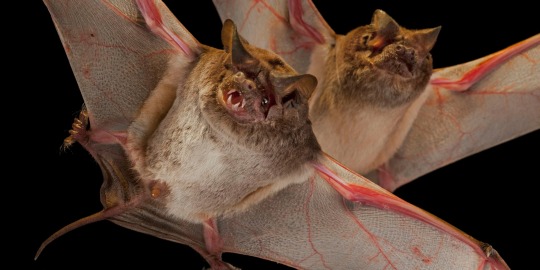
Your Daily Batty Dose!
Naked-tailed bat (ssp. Molossidae)
{x}
204 notes
·
View notes
Text
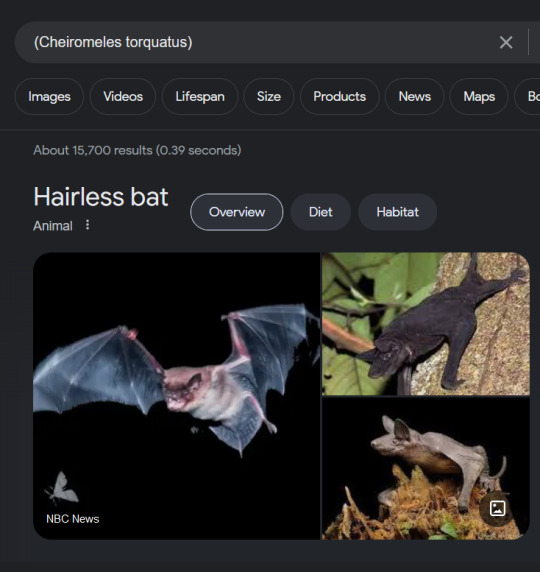
WHY is this the first result for the hairless bat. that bat is not hairless. its not even in the same family. that's some kind of fucking myotis* and not the member of molossidae I wanted to see!!!!!
#this happens a lot with bats#google vampire bat and weep as you are inundated with Plecotus and myotis#i get that they're more recognisable or whatever but if you're writing about a specific type of bat#USE AN IMAGE OF THAT TYPE OF BAT
8 notes
·
View notes
Note
Omg can I have 517 for the mammals 👀
page 517 puts us in the family Molossidae - free-tailed bats
your mammal is
THE POCKETED FREE-TAILED BAT
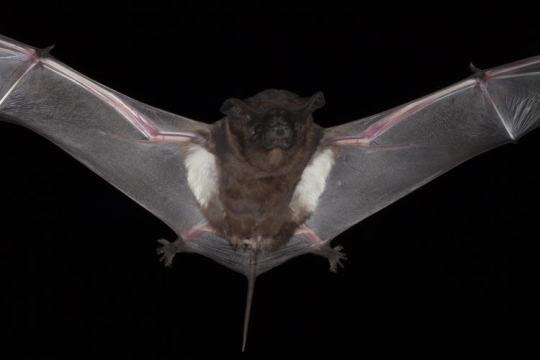
which mammal will you be??
3 notes
·
View notes
Text
My fave type of bats are actually those under the Molossidae family! I swear they have the weirdest skull shapes (for a bat, ofc! it kinda reminds me of bull terriers bc of the shape) and the biggest, brightests smiles!

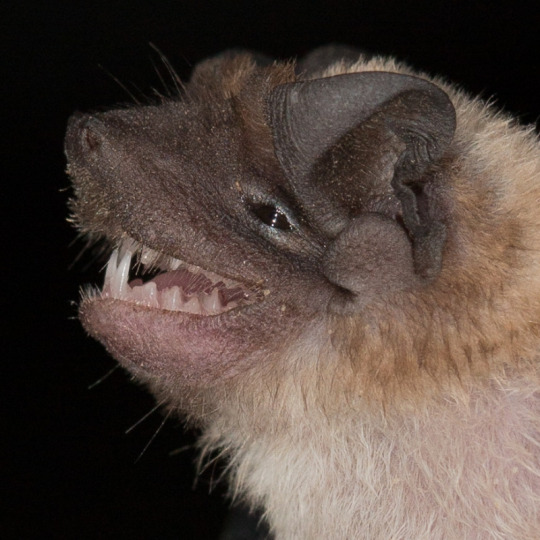
THEY'RE HAPPY FELLAS!! DOWN 2 CLOWN!! 0 CARES 0 WORRIES ALL ON SILLY TOMFOOLERY!
3 notes
·
View notes
Text
Das Bombali-Ebolavirus wurde bei Fledermäusen in Mosambik nachgewiesen
In einer kürzlich veröffentlichten Studie in Neu auftretende Infektionskrankheitenberichteten Forscher über den Nachweis von Ribonukleinsäure (RNA) des Bombali-Virus (BOMV, der Gattung Ebolavirus) unter drei freischwänzigen Mops condylurus (Molossidae)-Fledermausarten in Mosambik.
Lernen: Bombali-Ebolavirus in Mops condylurus-Fledermäusen (Molossidae), Mosambik. Bildnachweis: Rudmer Zwerver/Shutterstock
Hintergrund
Genetik & Genomik eBook Zusammenstellu...
#Coronavirus #DNS #Epidemiologie #Forschung #Gen #Genomisch #Gensequenzierung #Infektionskrankheiten #Marburg_Virus #Nukleotid #Polymerase #Polymerase_Kettenreaktion #Protein #Ribonukleinsäure #RNS #Sterblichkeit #Transkription #Virus
#DiseaseInfection_News#Medical_Research_News#Medical_Science_News#News#Coronavirus#DNS#Epidemiologie#Forschung#Gen#Genomisch#Gensequenzierung#Infektionskrankheiten#Marburg_Virus#Nukleotid#Polymerase#Polymerase_Kettenreaktion#Protein#Ribonukleinsäure#RNS#Sterblichkeit#Transkription#Virus
0 notes
Photo

Peregrine falcon (Falco peregrinus) hunting Mexican free-tailed bats (Tadarida brasiliensis) in California, U.S.
Larry Whiting
59 notes
·
View notes
Photo

Naked bat (Cheiromeles torquatus)
Photo by Chien Lee
#greater naked bat#naked bat#free tailed bat#cheiromeles torquatus#cheiromeles#molossinae#molossidae#vespertilionoidea#yangochiroptera#chiroptera#mammalia#tetrapoda#vertebrata#chordata#beautiful species
69 notes
·
View notes
Text

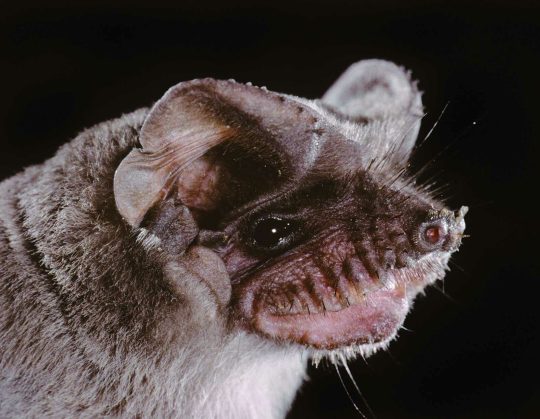

Fly Free with the Mexican Free-tailed Bat
Also known as the Brazilian free-tailed bat, guano bat, or Tadarida brasiliensis, this member of the order Chiroptera is one of the most widely-distributed New World bat species. They are common throughout the southern United States, Central America, and western South America. In many parts of the southern United States, the species is migratory and moves to Central America for the winter. They roost primarily in caves, but can also build nests in buildings; because of this, they can be found in a range of habitats including tropical and deciduous forests, mountains, deserts, and urban areas.
Like most bats, the Mexican free-tailed bat is nocturnal, emerging at sunset to hunt. They are primarily insectivores, and will travel great over 31 km (50 mi) to find food. In fact, this species holds the record for both the highest recorded flight altitude-- at 3.3 km (2 mi) high-- and the fastest flight speed-- an astounding 160 kph (99.4 mph)! That makes the Brazilian free-tailed bat the fastest mammal on Earth, although they can only achieve those top speeds in short bursts and with a good tail wind. Moving that fast can be useful, not only for covering great distances or catching insects, but for avoiding predators like raptors and owls. Young bats that can't fly may also be susceptible to opossums, skunks, and snakes.
The roosts of T. brasiliensis can be quite large; many contain several thousand individuals, while some have been recorded as housing more than a million. For this reason, communication is very important. Mexican free-tailed bats use echolocation to navigate and, for mothers, to locate their young. This species has over 15 distinct calls just for socialization. In addition, they can use their vocalizations to 'jam' the echolocation of other rival species and steal their prey.
Mating for the Brazilian free-tailed bat occurs once a year in the spring. Females gather in large maternity groups, while males mark out a territory by urinating and emitting loud vocalizations. Once a pair mates, the two separate- often to seek out another partner. Gestation lasts 11-12 weeks, and once females give birth they leave their offspring in a group of pups known as a creche, that is cared for communally. The pups take 4-7 weeks to be weaned, and after they learn to fly they join the larger roost as independent adults. However, females take up to 9 months to become sexually mature, while males may take as long as 2 years. In the wild, an individual may live as long as 8 years.
Size-wise, T. brasiliensis is on the smaller side of the bat group. Most individuals are around 9 cm (3.5 in) in length and weigh around 7–12 g (0.25–0.42 oz), with a wingspan of 28 cm (11 in). Females tend to be slightly heavier, but not larger otherwise. The tail of the Mexican free-tailed bat accounts for nearly half its total body length, and is unconnected by the thin membrane that makes up its wings (the uropatagium)-- hence the name 'free-tailed'. The ears are large and rounded, to assist with echolocation, and the muzzle is heavily wrinkled to give them a wider gape when catching bugs in mid-air. The Brazilian free-tailed bat's fur is dark brown or gray, with no distinguishing features save the long, white bristles around their feet.
Conservation status: The IUCN has classified the Mexican free-tailed bat as Near Threatened. However, populations are declining due to habitat destruction and susceptibility to a fungus known as white nose syndrome. Governments in the southern United States and Mexico, as well as private NGOs like Bat Conservation International, have established laws and conservation areas to protect the species.
If you like what I do, consider leaving a tip or buying me a kofi!
Photos
Michael Durham
Merlin D. Tuttle
Carlos Russi
#mexican free-tailed bat#Chiroptera#Molossidae#free-tailed bats#bats#mammals#generalist mammals#tropical forest mammals#deciduous forest mammals#wetland mammals#desert mammals#north america#southern north america#central america#south america#western south america
118 notes
·
View notes
Text

Spaghetti the Mexican Freetailed bat, via
The blue ear is a marker for staff at the Bat World Sanctuary so they know he's going to be released soon! It is harmless and temporary.
#Mexican freetailed bat#microbat#bat#have i mentioned that molossidae are some of my absolute favourites? well they are#CUTIES!!!!!!!!!
80 notes
·
View notes
Photo
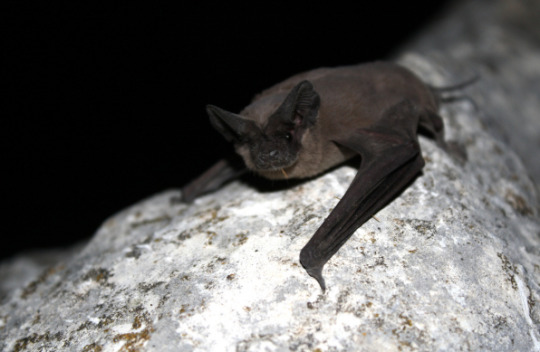
Mexican Free-Tailed Bat
Tadarida brasiliensis
#tadarida brasiliensis#tadarida#bat#mexican free-tailed bat#free-tailed bat#mammal#mammology#wildlife#wildlife biology#animal#animalia#zoology#nature#nocturnal#chiroptera#molossidae
55 notes
·
View notes
Photo

Wingtober Day 7: “Shy”
Playing a bit of catch-up, here... for day 7, I drew the endangered Florida bonneted bat.
26 notes
·
View notes
Photo




It’s that time of year again!! March Mammal Madness!!
Bonus:

#art#march mammal madness#2022MMM#march mammal madness 2022#bats#mexican free-tailed bat#florida bonneted bat#molossidae party here
30 notes
·
View notes